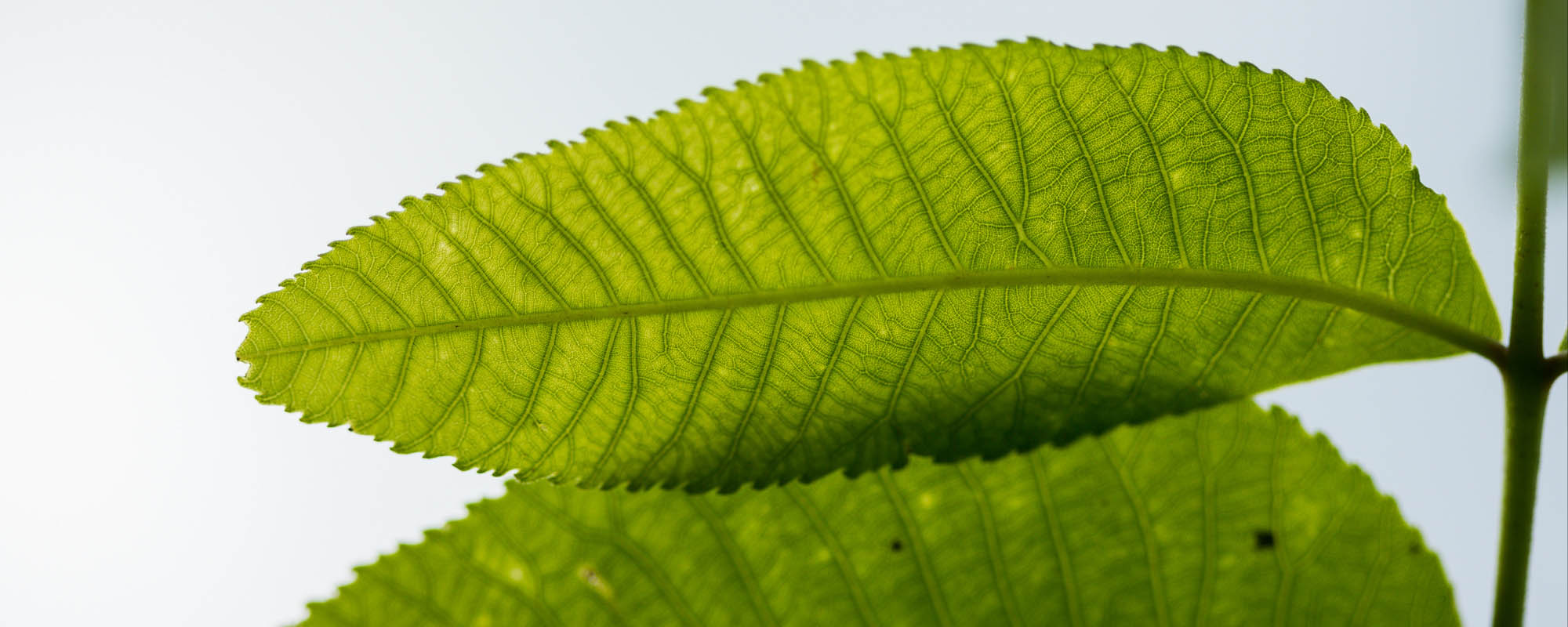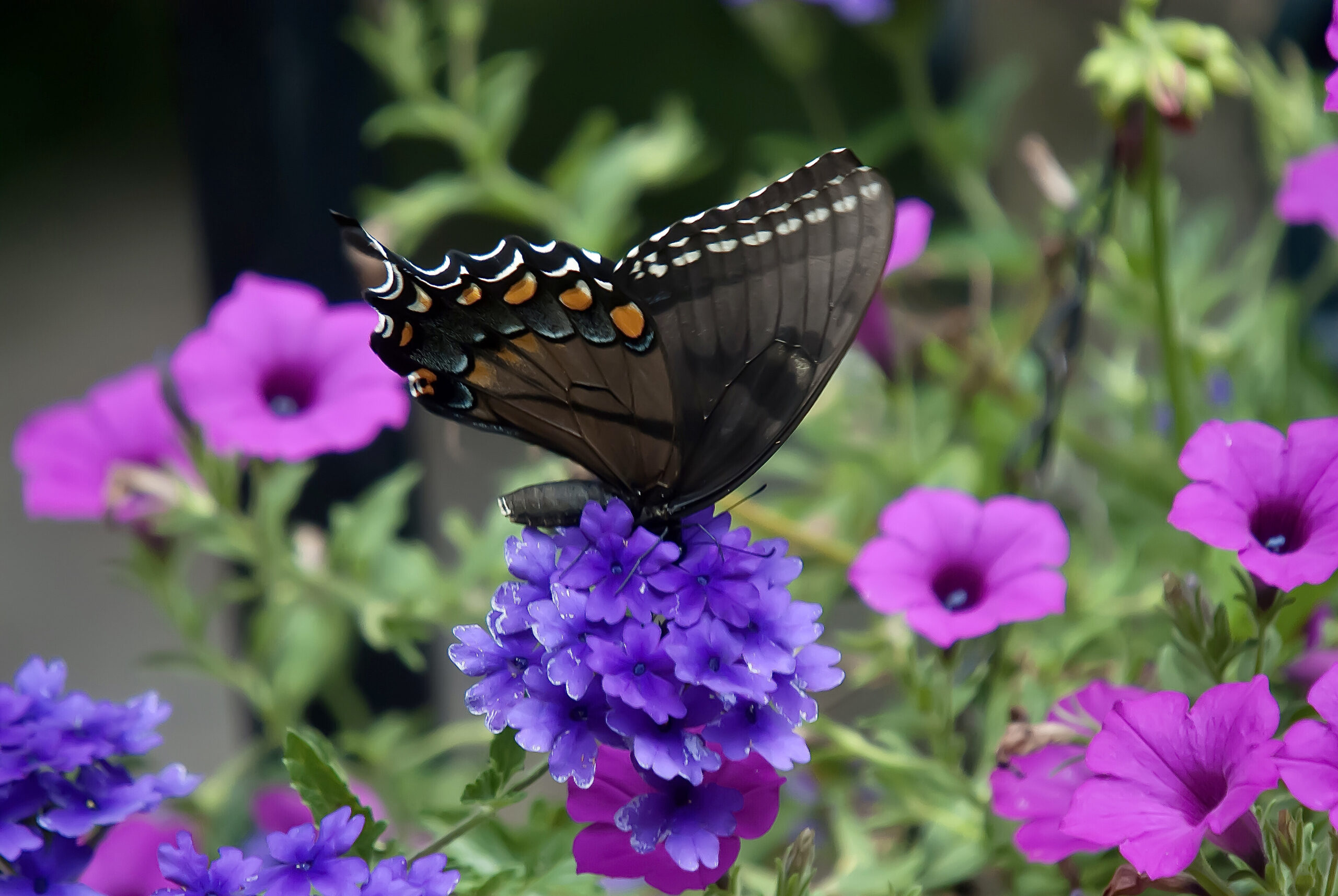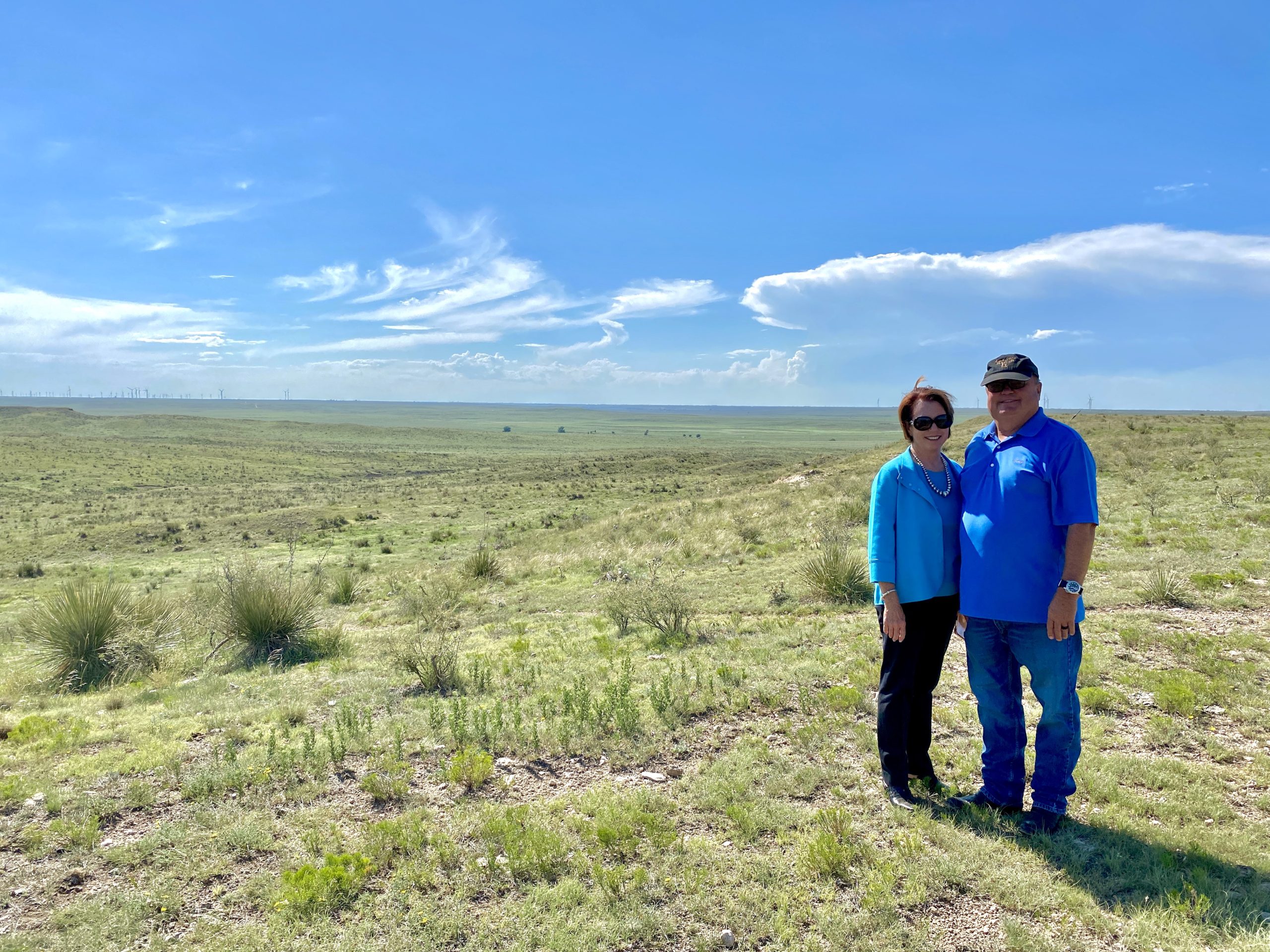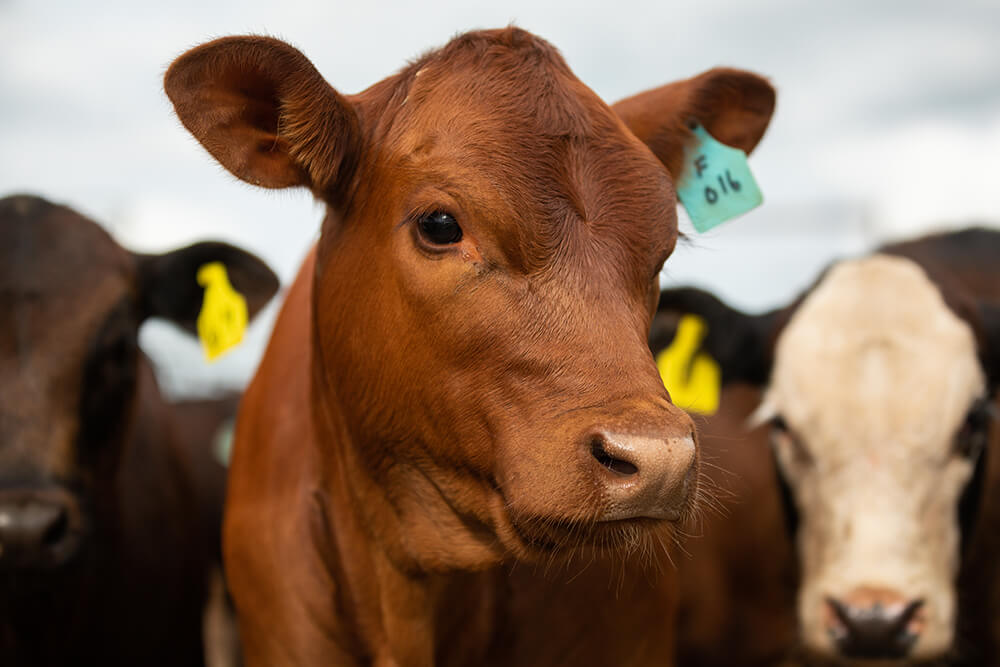Outdoors
Time to Collect Pecan Leaf Samples

Over the years, people have written songs and poetry inspired by the green leaves of summer. To pecan producers, the appearance of those green leaves should inspire more than just poetry; they should inspire growers to get out and take leaf samples from the trees.
Leaf sampling is a vital tool a grower can use in identifying the nutrients needed for the orchard. July is the standard time to collect leaf samples. During this time of the year, nutrients are more balanced, and standards for the nutrient concentrations have been well-documented.
Sometimes, I am asked by cooperators what a leaf sample will tell them that a soil sample can’t. The answer: although a soil sample can help identify the nutrients available in the soil, it cannot identify what nutrients are being taken up by the trees. In fact, there is no direct correlation with soil samples and leaf (tissue) samples. That is why taking leaf samples is critical for pecan management. A leaf sample can accurately pinpoint the nutrient status of trees in the orchard. Also, if you have a problem tree, a leaf sample can assist in identifying potential nutrient deficiencies and assist a grower in improving the health and overall production of that tree.
Pecan producers should consider leaf sampling a vital task in maintaining the overall health of their orchard and should make sure it is done on a yearly basis to consistently meet the trees’ nutrient needs. It can also be a cost savings tool. Through a consistent leaf sampling routine, producers can fine-tune their fertilizer program and potentially realize a cost savings.
Before you start collecting samples, it is important to identify how you plan to manage your orchard. If you are going to have consistent management practices across the orchard, taking a random sample across the orchard is adequate. If you are willing to change the fertilizer management plan throughout the orchard, collecting multiple samples throughout the orchard is ideal, but be sure to keep track of the areas you sample. To get an idea of overall orchard health, it is important to collect from multiple trees. However, if you have certain problem trees, you could collect just from those trees separately to get an idea of what is needed to correct any potential deficiencies.
Beginning and maintaining a testing regimen is an important step in establishing an efficient fertilization program, which can maximize productivity while saving money by pinpointing specific nutrient needs. So, when those green leaves start blowing in the summer breeze, be sure to start sending in leaf samples.
HOW-TO GUIDE FOR SUBMITTING YOUR PECAN LEAF SAMPLES
BEFORE YOU START COLLECTING SAMPLES, IT IS IMPORTANT TO IDENTIFY HOW YOU PLAN TO MANAGE YOUR ORCHARD.
STEP 1
Collect at least 100 middle pairs of leaflets from the middle leaf of the current growth. Avoid leaflets that show damage by insects or disease, from suckers or water sprouts.
STEP 2
Collect samples in a paper sack. Once samples have been collected, wash leaflets in tap water for less than one minute. This will help to remove any spray residue or dirt.
STEP 3
Spread your leaflets out to air dry until they can be easily crumbled. Once samples are dry, place them in a paper bag for transporting. Do not send wet leaves or use plastic bags. You want to avoid any excess moisture.
STEP 4
Be sure to completely identify each sample that is sent by including the variety (improved or native) and age of the trees. Also, be sure to specify if you are sending samples from problem trees or deteriorating areas in your orchard.
Remember, it is important to collect the required number of pairs. If you don’t collect enough, the lab will not have the appropriate amount to run the analysis. Also, do not choose leaves on the interior of the tree. Once we receive your samples, they are sent for analysis by Servi-Tech Labs in Amarillo, Texas. The cost per sample is $28.85. Once the analysis is complete, one of our consultants will review the results and provide recommendations. Samples can be brought in person to the Noble Research Institute or can be mailed to the following address:
Noble Research Institute, LLC
Attn: Ag Testing
2510 Sam Noble Pkwy
Ardmore, OK 73401
Read more in the July issue of Oklahoma Farm & Ranch.
Outdoors
Cobalt Verbena

Super from North to South
By Norman Winter | Horticulturist Author and Speaker
It’s planting season for many and verbenas are high on the list. We had just fallen in love with Superbena Imperial Blue verbena and piled on a bunch of awards then, stop the presses! It has a new name which is now Superbena Cobalt. Not sure if this would be similar to Shakespeare’s ‘What’s in a name?’ scenario but one thing is for certain, it is even better than ‘The Garden Guy’ thought.
This year a cold spell of a few nights had ‘The Garden Guy’ moving containers to the garage for a series of nights in the mid-teens. It was about five nights straight, when they were afforded protection. Several of these containers had Superbena Cobalt verbena. There were three other containers of verbenas on the hillside that I did not move. All of them are now in a stage of riotous bloom.
Superbena Cobalt is a crazy blue or violet blue. It is this color that has always driven photographers crazy. Sometimes it looks like its name suggests, the old-fashioned cobalt blue. Then there are times it looks more purple. Even the Proven Winners website has trouble nailing the color. There, it looks purple. But I can’t fault that, because as I write this looking out my sunroom’s windows, I see blooms cobalt blue and purple and all on the same plant. One of my Facebook followers said it even seems to glow.
This verbena, winner of Top Performer at the University of Georgia and University of Florida, had a Perfect Score Award at Michigan State University. In other words, from north to south and rest assured at your home too, you will have an award-winning blooming performance bringing in butterflies and hummingbirds.
The vigor will surprise you too. Proven Winners describes it as six to 12-inches tall with a spread up to 30 inches. As they mound together in a mixed container don’t be surprised to see blooms two feet high, maybe even taller and some falling two feet over the rim.
Superbena Cobalt verbena will need a lot of sun. The soil need not be luxurious but as I always say, fertile, well-drained, will be perfect. Tight compacted clay that takes a pick axe is hardly suitable. On the other hand, a large mixed container with a good lightweight potting soil will give you the ‘green thumb.’
I’ve been trialing verbenas for a long time, including old heirloom varieties, know this, the handheld pruning shear is the friend of both you and the verbena. Cutting back to remove stressed woody shoots will stimulate new growth and more blooms and add years to your planting if you are in the right zones.
I largely grow mine in mixed containers. This year the Superbena Cobalt blue blooms have coincided with an uncountable number of yellow flowers from Lemon Coral sedum. I have partnerships with both Superbells Pomegranate Punch and Tangerine Punch calibrachoas, as well as Supertunia Mini Vista Scarlet petunia.
Since I am growing them in mixed containers that get watered most every day, I feed every two to three weeks with a water-soluble mix. Those in the ground can be fed with controlled release granules at planting with additional side dress applications about every six to eight weeks. They are perennial in zones eight and warmer but considered outstanding value if grown as an annual. Look for the award-winning Superbena Cobalt as you shop during planting season. Follow me on Facebook @NormanWinterTheGardenGuy for more photos and garden inspiration.
Outdoors
Adding years to the significantly important lives of Oklahoma’s Flood Control Dams
Recently, local, state, and federal officials toured the Upper Elk Creek Site 23D Rehabilitation on the east edge of Elk City, Okla.
New life is being given to this flood control dam and the tour was a way to showcase those efforts along with the watershed project sponsor, North Fork of Red River Conservation District. Originally constructed in 1976 at a cost of $102,401 and classified as a significant hazard dam, this is now a high hazard dam. An increase in risk of loss of life and property damage due to a potential overtopping breach of the dam during an extreme flood event is the reason site 23D is undergoing this rehabilitation.
Although Site 23D is functioning as originally planned and providing downstream flood damage prevention, this rehabilitation means that in the future, Site 23D will reduce the potential of a dam breach and subsequent potential damage to downstream properties and infrastructure and will reduce the risk of loss of life. Additionally, the rehabilitation of site 23D allows for the service life of the dam to be extended for at least a century.
In this project, the top of dam elevation is being increased by 4.4 feet. Due to the raised top of dam elevation, the county road is being raised as well. A new 30-inch reinforced concrete pipe is being installed using a technique known as “jack and bore.” Articulated concrete blocks (ACBs) are being added to the exit channel of the spillway to provide erosion protection and prevent head cutting. The contractor for the rehabilitation construction is C-P Integrated Services, Inc., of Oklahoma City. The rehabilitation construction costs are $4.3 million, 65 percent of this cost is provided by the federal government while 35 percent is provided by the Conservation Commission on behalf of the watershed project sponsor, North Fork of Red River Conservation District.
The upstream flood control dams have received incredible support from Oklahoma’s congressional and state leaders.
One form of support that is significant was the passage of SB 1938, authorizing the Oklahoma Capitol Improvement Authority for bond issuance in the amount of $17.5 million on behalf of the Oklahoma Conservation Commission. These funds are being used for the repair and rehabilitation of high-hazard dams pursuant to the Conservation District Act.
Trey Lam, Executive Director of the Oklahoma Conservation Commission, said, “This gathering captured a true picture of what created and has maintained the small watershed program for nearly 80 years. The dedicated and visionary North Fork of the Red River Conservation District Board hosted Elk City officials, a Conservation Commissioner and staff, along with Oklahoma Secretary of Agriculture Blayne Arthur and State Representative Todd Russ, USDA-NRCS engineers and staff. We were also very honored to have Congressman Frank Lucas and his field staff join us. The Watershed Program works best as a partnership of local, state and federal entities with a common goal of preventing devastating flooding while putting conservation on the ground in the watershed. The 2,107 flood control structures in Oklahoma would never have been built without such a strong partnership. All the partners are just as dedicated to maintaining the level of flood protection today and for the next 100 years.”
During the tour, U.S. Congressman Frank Lucas, a native of western Oklahoma and a longtime champion of the upstream flood control program, said, “In conservation these are the good old days; all we have to do is continue to work together and there will be benefits for generations to come. Am I proud of what we have done together? You bet. Thank you to each of you for doing what you do and thank you for helping me do what I do. Together we are going to make such a difference that the people downstream will never know it happened. That’s the ultimate compliment when things work so well that people don’t even know what you’ve done.”
Chris Stoner, the USDA Natural Resources Conservation Service Oklahoma State Conservation Engineer, said, “It was great to see the support from all different levels today with city, county, state and federal officials all in attendance. It was good for everyone to see a job that is under construction to show the scale and complexities of these rehabilitation projects.”
The 2,107 upstream flood control dams constructed in Oklahoma — the most of any state in the nation — have established a $2 billion infrastructure that provides benefits to thousands of citizens. In fact, it’s estimated that the dams and accompanying conservation practices in the watersheds provide approximately $96 million in benefits each year. Not only do they provide flood and erosion control to over two million acres of agricultural land in downstream flood plains, but they also provide sources of water for livestock and irrigation and habitats for wildlife. There are 42 flood control dams that were constructed as multi-purpose structures, which provide municipal and rural water supplies and recreation areas for local communities.
Altogether, the flood control dams in Oklahoma protect 2,756 county and highway bridges; provide a reduction in flooding for 41,744 farms and ranches; trap 19 million tons of sediment each year, which would otherwise end up in major streams and lakes, and they create or enhance 90,979 acres of wetlands.
Outdoors
THE FUTURE OF REGENERATIVE AGRICULTURE AND REGENERATIVE RANCHING
The idea of managing ranches with a focus on building healthy soils and implementing management that promotes healthy wildlife populations and their habitats, biologically diverse plant communities and livestock production is not a new concept. It is, however, a concept that depends on producers who are driven toward those outcomes.
As we look to the future, the external challenges facing U.S. producers will only become more intense. As the U.S. population grows toward a predicted 438 million people by 2050, the demand for food and land will increase.
Many questions are currently being asked. Do we continue to promote management that maximizes production on smaller acreages at the expense of land health, or are there alternative strategies that are productive and profitable while regenerating land?
The majority of our grazing lands are generally not well suited for cropland food production, yet they serve our planet by storing more than 30% of global soil organic carbon. Such intrinsic outcomes are called ecosystem services. Ecosystem services are the many and various benefits provided to humankind by healthy and functioning ecosystems.
Aldo Leopold once famously stated, “Conservation will ultimately boil down to rewarding the private landowner who conserves the public interest.” Opportunities to compensate producers for the production of multiple ecosystem services are currently in development. Ecosystem services are often grouped into functional areas of soil, air, water, plants and animals.
Many of the questions around the production of ecosystem services are common to most emerging markets, and these questions are not lost on regenerative ranching. Largely, much of the research focus in the future will be placed on which metrics matter, how do we most aptly measure them, how are they influenced by management, and can they be monitored at scales that are relevant to producers?
One of the cornerstones of regenerative ranching is a focus on diversifying products, therefore the diversification of market opportunities will continue to be an option for producers interested in regenerating landscapes.
With more data comes more understanding of the value of ecosystem services: how they could be a potential revenue stream and how they impact increased health and function on existing production enterprises.
Managing regeneratively allows our living soil to sequester organic carbon, which aids in climate mitigation strategies. Increasing organic matter provides our soils a greater ability to build aggregation, which allows it to hold more water and further serve as a filter to increase water quality and quantity. Biodiversity is also an outcome, from the soil microbiome to more functional habitats for wildlife species. These are all services provided by regenerative producers that benefit society as a whole.
Regenerative ranching has a positive future. More and more producers are questioning their conventional methods, measuring their outcomes and defining goals that include regenerative solutions. These are and will continue to be positive developments for the agriculture industry and for society as a whole. The question we should all ask ourselves is, what would a future look like without regenerative ranching?
-

 Country Lifestyle7 years ago
Country Lifestyle7 years agoJuly 2017 Profile: J.W. Hart
-

 Outdoors6 years ago
Outdoors6 years agoGrazing Oklahoma: Honey Locust
-

 Country Lifestyle3 years ago
Country Lifestyle3 years agoThe Two Sides of Colten Jesse
-

 Outdoors4 years ago
Outdoors4 years agoPecan Production Information: Online Resources for Growers
-

 Equine7 years ago
Equine7 years agoUmbilical Hernia
-

 Attractions7 years ago
Attractions7 years ago48 Hours in Atoka Remembered
-

 Farm & Ranch6 years ago
Farm & Ranch6 years agoHackberry (Celtis spp.)
-

 Outdoors3 years ago
Outdoors3 years agoSuzy Landess: Conservation carries history into the future






